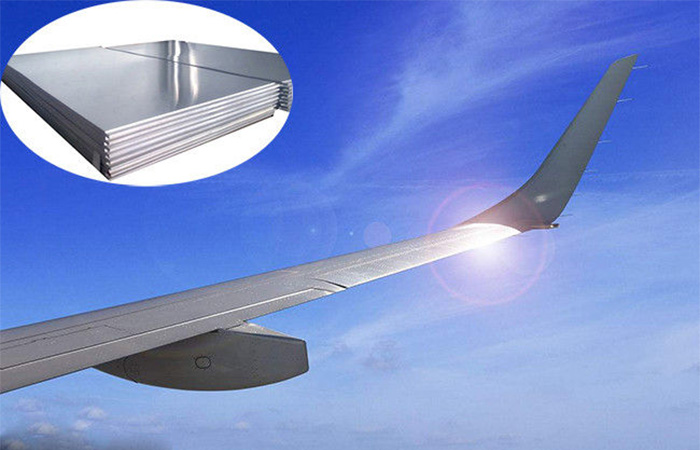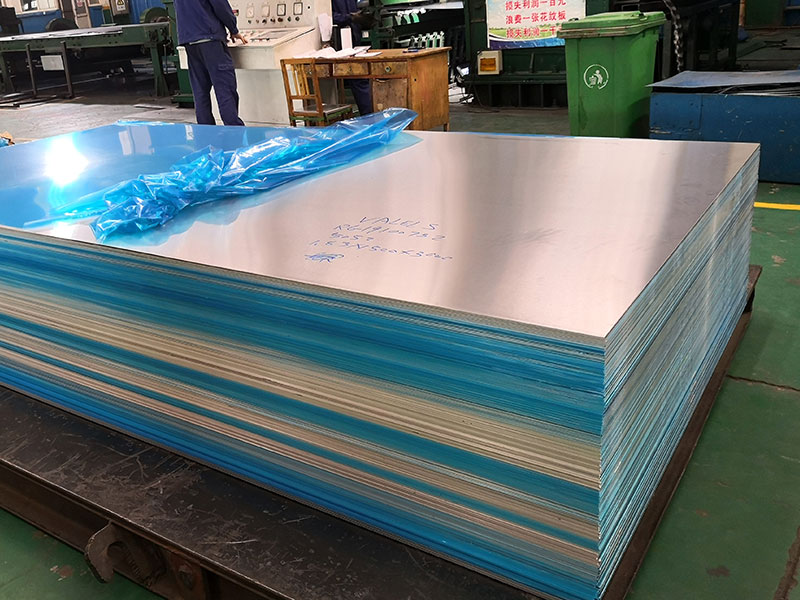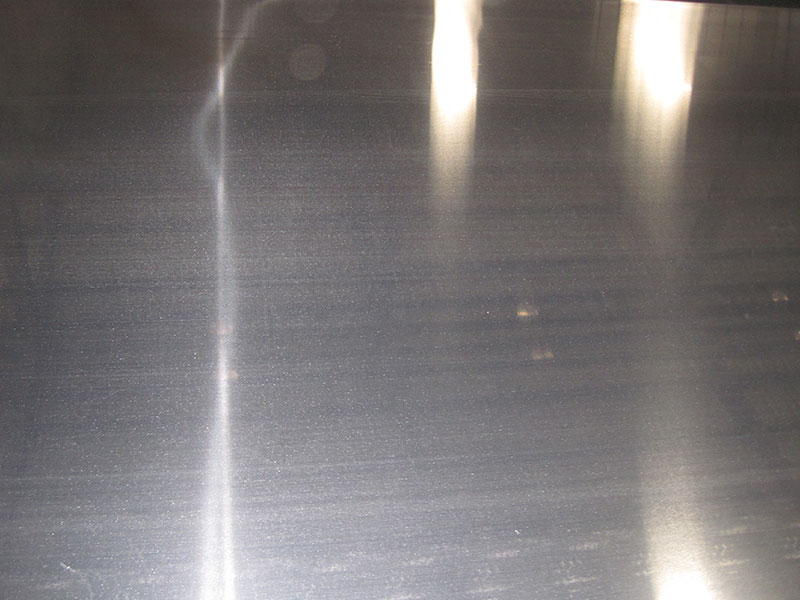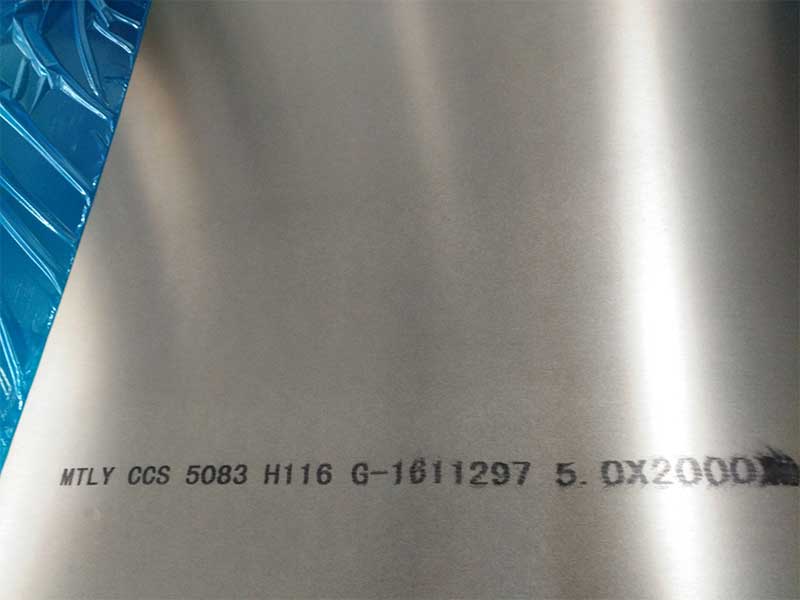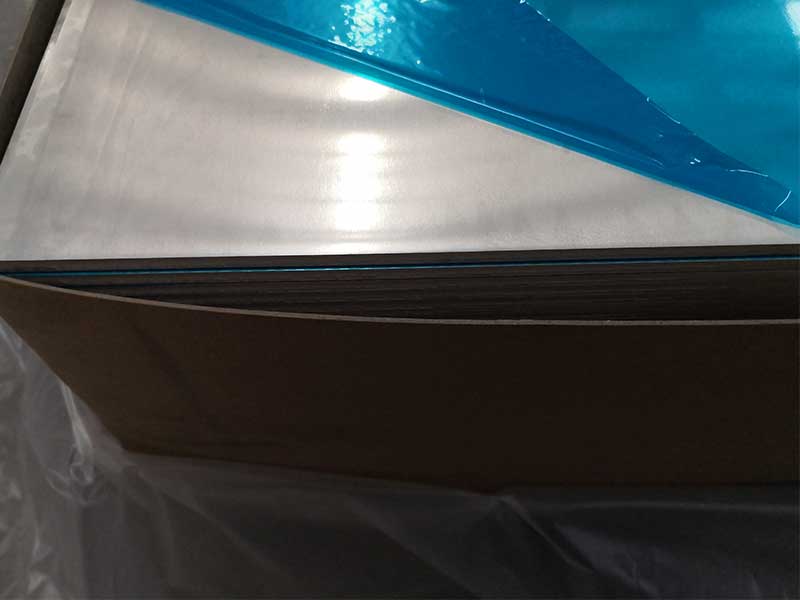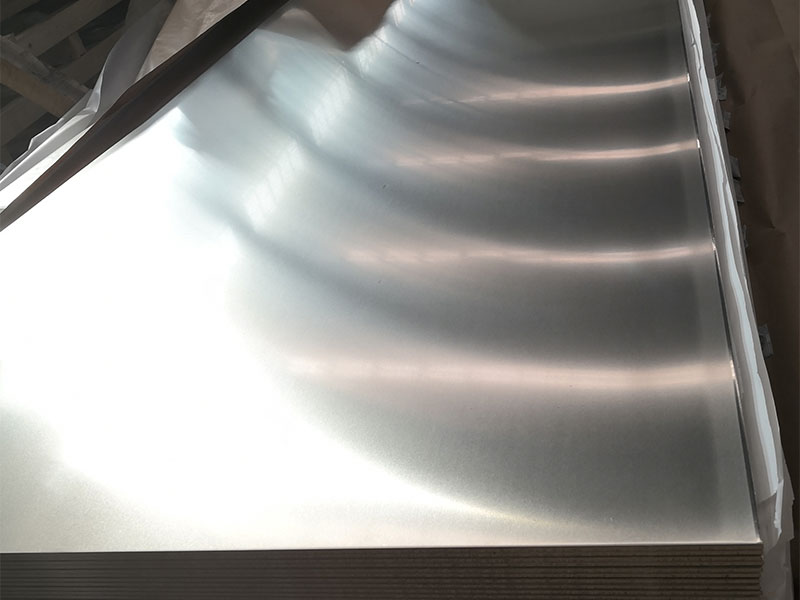7475 aluminum plate sheet
In the domain of modern engineering materials, aluminum has earned a prestigious position due to its remarkable properties. Among the various aluminum alloys, AL7475 stands out by offering an exceptional combination of strength, weight savings, and versatility—traits that are pivotal in demanding applications like aeronautics and competitive sports.
The Unique Allure of 7475 Aluminum
At first glance, 7475 aluminum may merely appear as another entry in a vast catalog of alloys, but the underlying specifications assert its distinctive presence. As a member of the heat-treatable aluminum family, 7475 contains higher concentrations of zinc, coupled with smaller amounts of magnesium and copper. This sophisticated compositional design brings forth an exceptionally high strength-to-weight ratio, making it a preferred choice in applications that require load-bearing capabilities without the sacrifice of weight.
7475 aluminum plate is a real workhorse around here, and I've got a unique appreciation for its properties. We mostly use it for applications demanding high strength-to-weight ratios and excellent corrosion resistance, often in aerospace components or high-stress structural parts. While it's more expensive than some of our other alloys, the machinability isn't as terrible as some of the horror stories I've heard from other shops. We've optimized our processes for it, using specialized tooling and coolants to minimize wear and tear on our equipment and ensure a consistent, high-quality finished product. The biggest challenge is maintaining tight tolerances during the heat treatment process; even small variations can significantly affect its final properties, so constant monitoring and meticulous control are essential.
Personally, I find the sheer strength of 7475 fascinating. Seeing a relatively thin sheet of it withstand such incredible stress is . I remember one instance where a batch had a slight imperfection, and rather than scrap the entire plate, we were able to creatively redesign the subsequent part to account for the flaw and still meet our customer's specifications. It really highlighted the importance of careful inspection and problem-solving skills, alongside the material's inherent resilience. The feeling of satisfaction after successfully navigating such a challenge, and knowing the final product will contribute to something high-performing, is rewarding.
Among the technical alchemy of this alloy, what truly sets 7475 apart is its ability to retain its strength even at elevated temperatures, showcasing a superior profile over some of its contemporaries, such as the relatable 7075 alloy. This characteristic makes it especially valued in the aerospace sector, where components are subjected to dynamic and thermal challenges. The elevated performance at high temperatures also Silicon-InASTMHumidityts the processing conditions, allowing engineers to maintain specifications critical to complex designs while circumventing premature failures.
Exceptional Tractability and Formability
Loaded with technical prowess, 7475 aluminum’s attribute of excellent machinability adds another layer to its complexity. Engineers and fabricators find solace in working with plates that can be easily drilled, milled, and formed without catastrophic propaganda of material degradation. This means part manufacturers aren’t hindered by concerns about saving approximations on guidance during machining and tooling. With several adaptable processes—from waterjet cutting to CNC machining—the alloy stands as one of the most favorable choices in manufacturers' repertoire when the exact fit and structural integrity define success.
But could this uncommon degree of malleability restrict its applications? Far from it. By being easily shaped into plates, wires, fringes, and more, the material routinely makes its way into aerospace structures such as aircraft skins, wing components, and fuselage frameworks. Even in more terrestrial applications, its resilience makes it a go-to for sporting equipment, automotive parts, and heavy-duty freight applications, where the necessity to balance durability and mass plays recklessly into performance.
Poised for the Future: Sustainability through Innovation
Unique within this alloy’s multifarious applications is the mechanism that governs future advancements in its use—sustainability. As aluminum recycling takes center stage in industrial discussions, the 7475 alloy invites considerations about how its recyclability punctuates enhanced sustainability without compromising performance. The ease with which aluminum waste can be reconstituted into the manufacturing cycle promotes an environmentally-friendly loop— decreeing 7475 a profound candidate in projects catered towards a greener corporate responsibility.
Modern enterprises investing in sustainable materials have started leaning considerably towards using aluminum alloys like 7475 in new designs, thus bolstering the symbiosis between engineering demands and preserving Mother Earth. This inclination symbolizes innovation moving forward: repurposing held materials, avoiding extensive mining processes, and reducing overall resource consumption—the chain reaction of recycling weaving somewhat effortlessly into next-generation application and growth blocks of 7475 aluminum plates.
https://www.aluminumplate.net/a/7475-aluminum-plate-sheet.html


